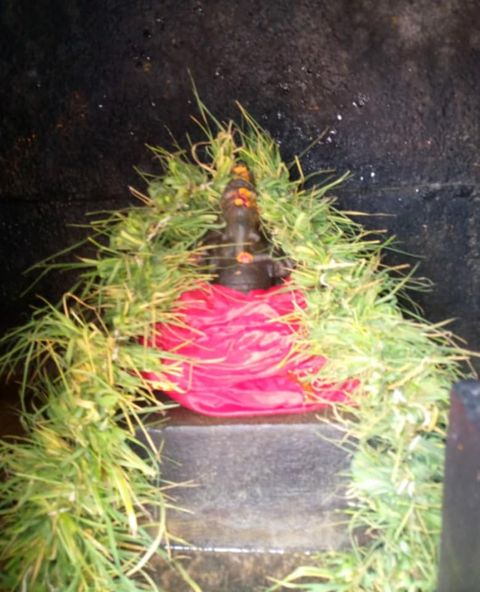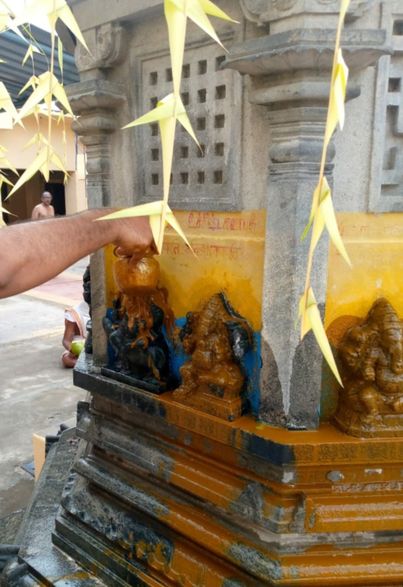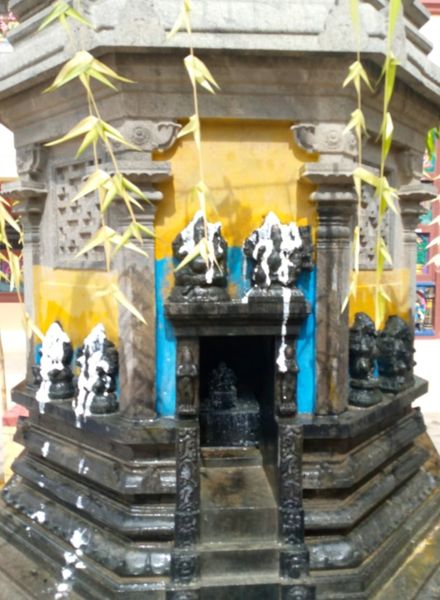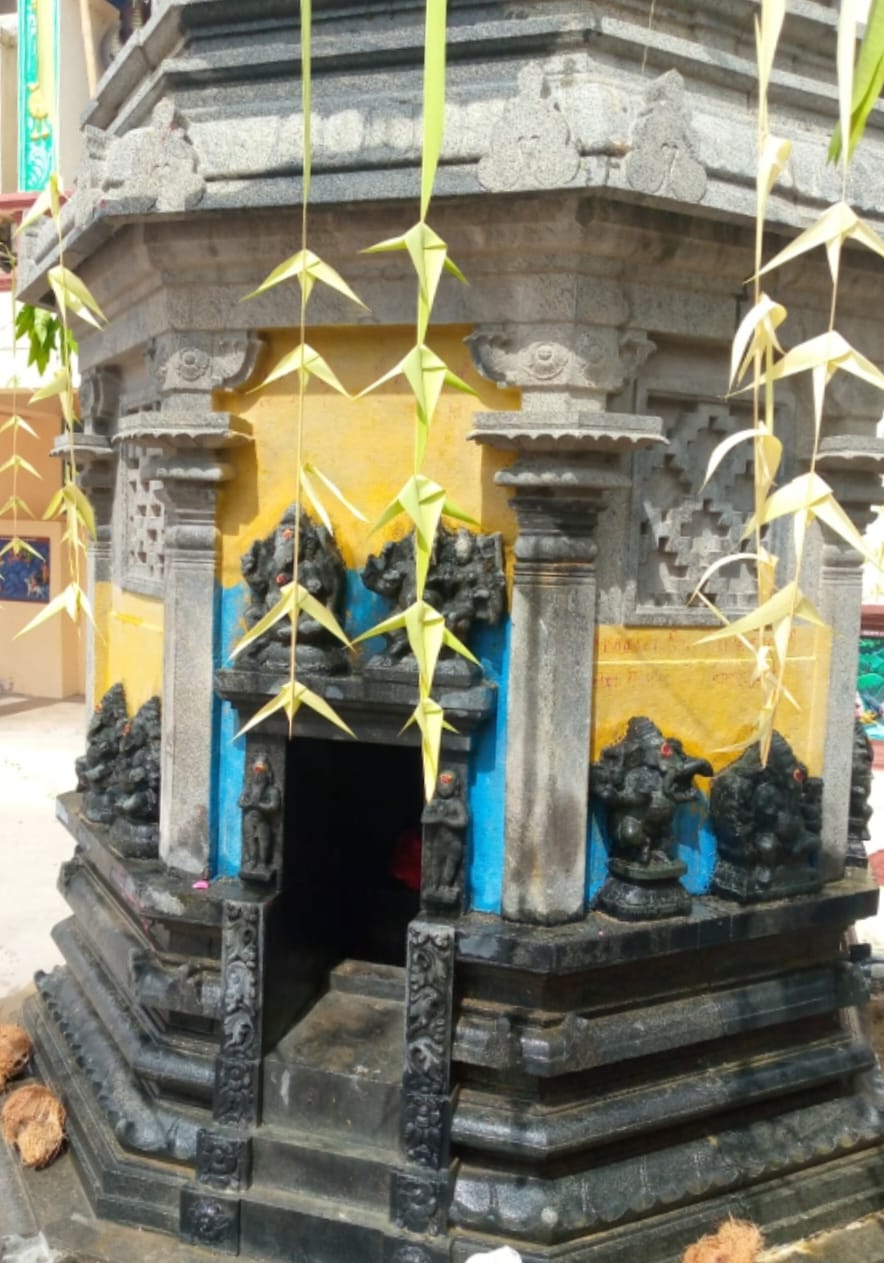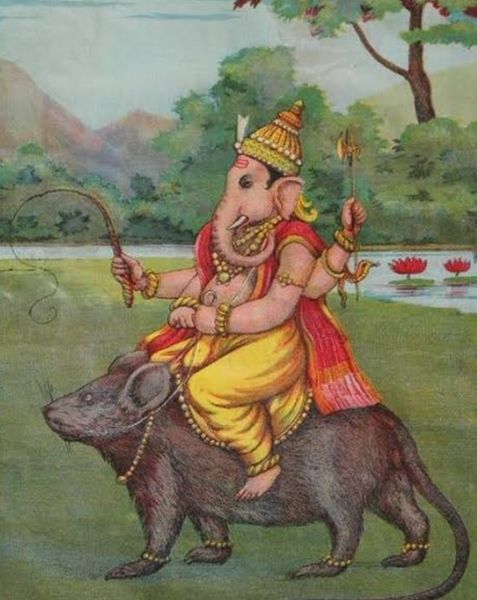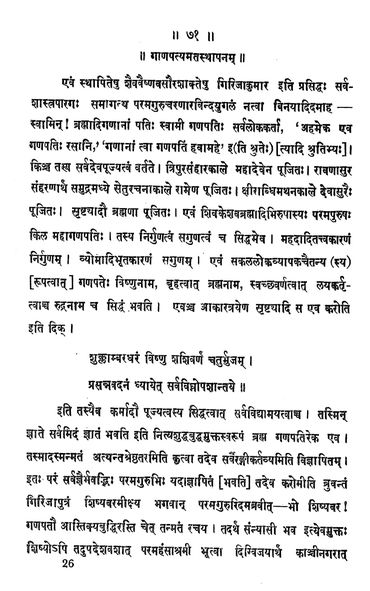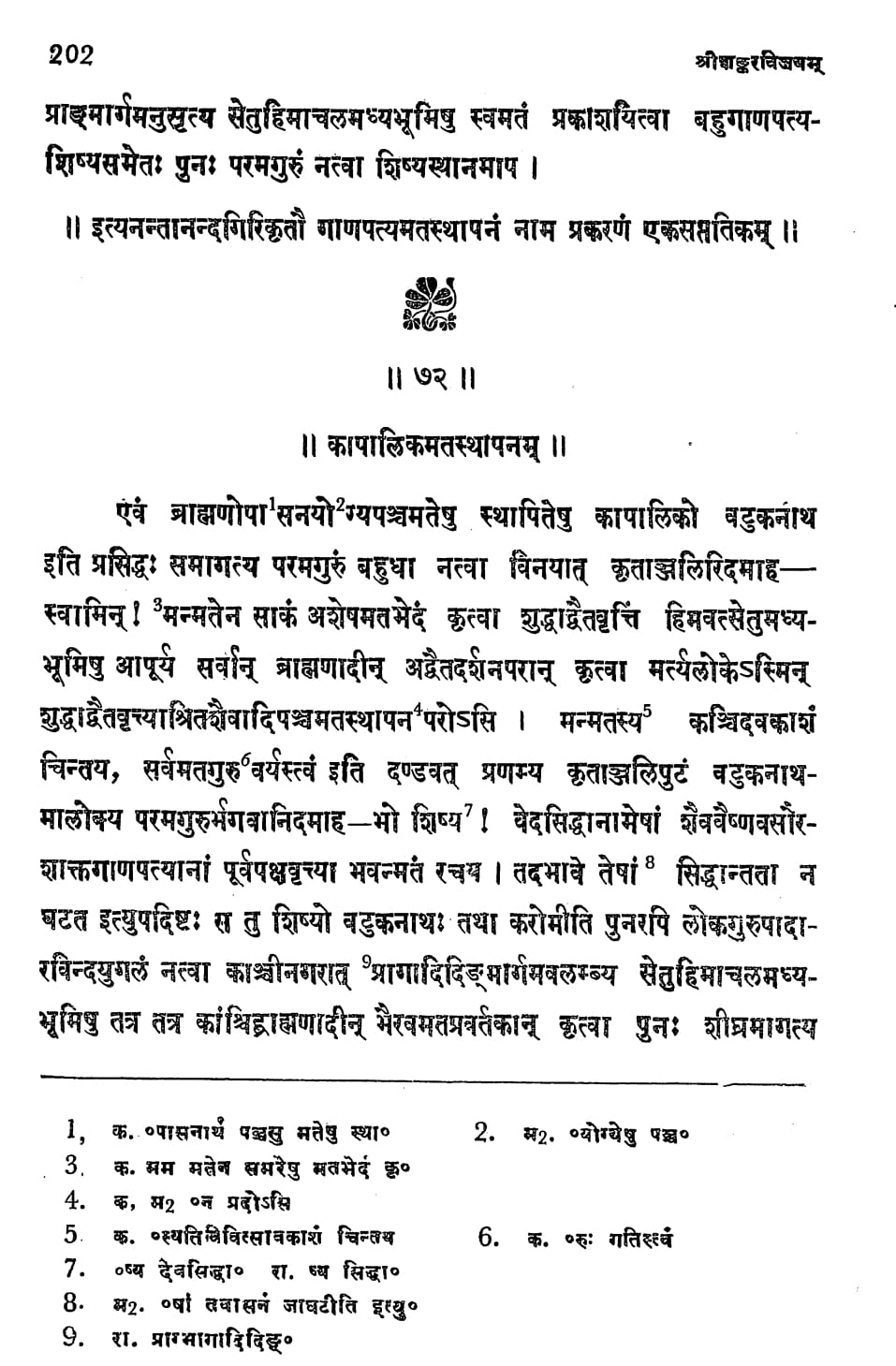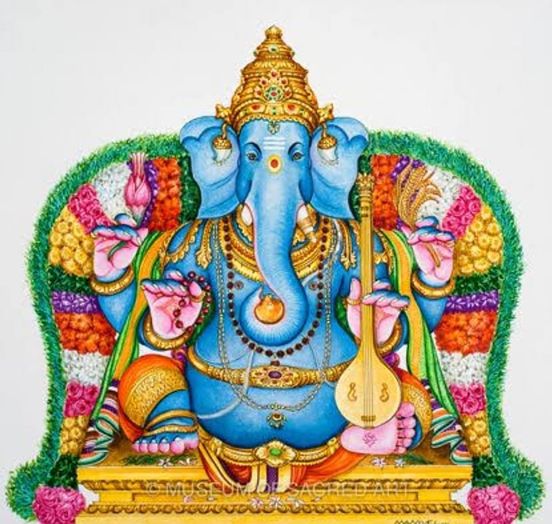Shodasa Ganapati Shrine in the Sri Kanchi Kamakoti Peetam Jagadguru Pujyashri Shankaracharya Swami Srimatha, Rameswaram :
Ganapati being the embodied Primordial Sound of Pranava, all the letters 51 in number-are His manifestations; and we have 51 forms of Him (अकारादिक्षकारान्त महा सरस्वतीमय – Sahasranama).
Here we have very close affinity with the Sakti-Religion which also speaks of all varnas as the Divine Mother’s manifestations, in fact their very name is Matrka.
Out of these 51 forms, 32 are singled out for special worship: namely,
1. Bala Gana pati,
2. Taruna Ganapati,
3, Bhakta Ganapati,
4. Vira Ganapati,
5. Sakti Ganapati,
6. Dhvaja Ganapati,
7. Siddhi Ganapati otherwise called Pingala Ganapati,
8. Ucchishta Ganapati,
9. Vighnaraja Ganapati,
10. Kshipra Ganapati,
11. Heramba Gana pati,
12. Lakshmi Ganapati,
13. Maha Ganapati,
14. Vijaya Ganapati also called Bhuvanesa Ganapati,
15. Nrtta Ganapati,
16. Urdhva Ganapati,
17. Ekakshara Ganapati,
18. Vara Ganapati,
19. Tryakshara Ganapati,
20. Khsipra Prasada Ganapati,
21. Haridra Ganapati,
22. Eka Danta Gana pati,
23. Srshiti Ganapati,
24. Uddhanda Ganapati,
25. Rna-mochaka Ganapati,
26 Dundi Ganapati,
27. Dvimukha Ganapati,
28. Trimukha Ganapati,
29. Simha Ganapati,
30. Yoga Ganapati,
31. Durga Ganapati and
32. Sankatahara Ganapati.
Even among these 32 forms, the first 16 are said to confer the highest bounties and they collectively go by the name “Shodasa Ganapatis.”
It speaks volumes of the Grace of Jagadguru His Holiness Sri Chandra sekharendra Sarasvati Sri Padah, that he has installed these sixteen Ganapatis, two in each corner of an octogonal mantapa of chariot shape, in the Ramesvara Sankara Mandapa, which is an epitome of all the wealth that our Vedas and Puranas contain.
In the vimana of this mandapa are also depicted sages deeply devoted to Vignesvara, like Ganaka, Mudgala, who are the Rshis for Ganapati mantras. Here there is also a replica of the Gavaksha (window) of Tiruvalanchuzhi, which is spoken of as one of the four inimitables of our temple archi tecture. Centrally amidst the Shodasa Ganapatis is
installed a Ganapati who faces the seas-Thus a ‘gana’ of Ganapatis (a Host of the Lord of Hosts) is installed here!
– Sankarakinkara – Sankara And Shanmata (1959)
